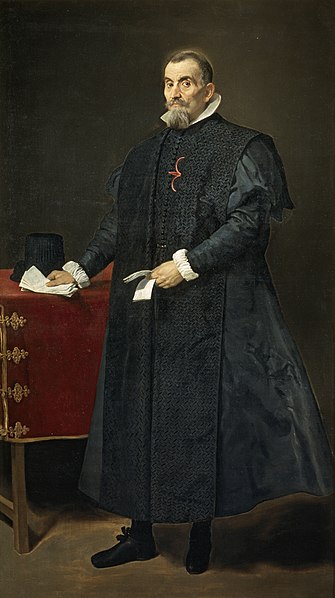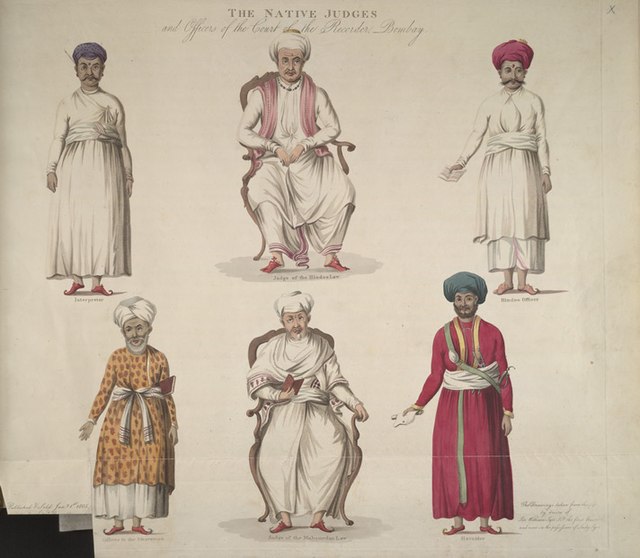A gavel is a small ceremonial mallet commonly made of hardwood, typically fashioned with a handle. It can be used to call for attention or to punctuate rulings and proclamations and is a symbol of the authority and right to act officially in the capacity of a presiding officer. It is often struck against a sound block, a striking surface typically also made of hardwood, to enhance its sounding qualities. According to tradition, Vice President of the United States John Adams used a gavel as a call to order in the first U.S. Senate in New York in 1789. Since then, it has remained customary to tap the gavel against a lectern or desk to indicate the opening and closing of proceedings and, in the United States, to indicate that a judge's decision is final. It is also used to keep the meeting itself calm and orderly.
Wooden gavel
United States Senate gavels
A judge is a person who presides over court proceedings, either alone or as a part of a panel of judges. In an adversarial system the judge hears all the witnesses and any other evidence presented by the barristers or solicitors of the case, assesses the credibility and arguments of the parties, and then issues a ruling in the case based on their interpretation of the law and their own personal judgment. A judge is expected to conduct the trial impartially and, typically, in an open court.
Judges at the International Court of Justice
17th century Spanish judge in full gowns, by Velázquez
These drawings were taken from life in 1758. From left to right, top row: 1. Interpreter, Rhowangee Sewagee. 2. Judge of the Hindoo Law, Antoba Crustnagee Pundit. 3. Hindoo Officer, Lellather Chatta Bhutt. From left to right, bottom row: 4. Officer to the Mooremen, Mahmoud Ackram of the Codjee order or priesthood of the cast of Moormens. 5. Judge of the Mohomedan Law, Cajee Husson. 6. Haveldar, or summoning Officer, Mahmound Ismael'.
Róbert Ragnar Spanó, president of the European Court of Human Rights






